What to know when planning an awe-inspiring hike on the Inca Trail
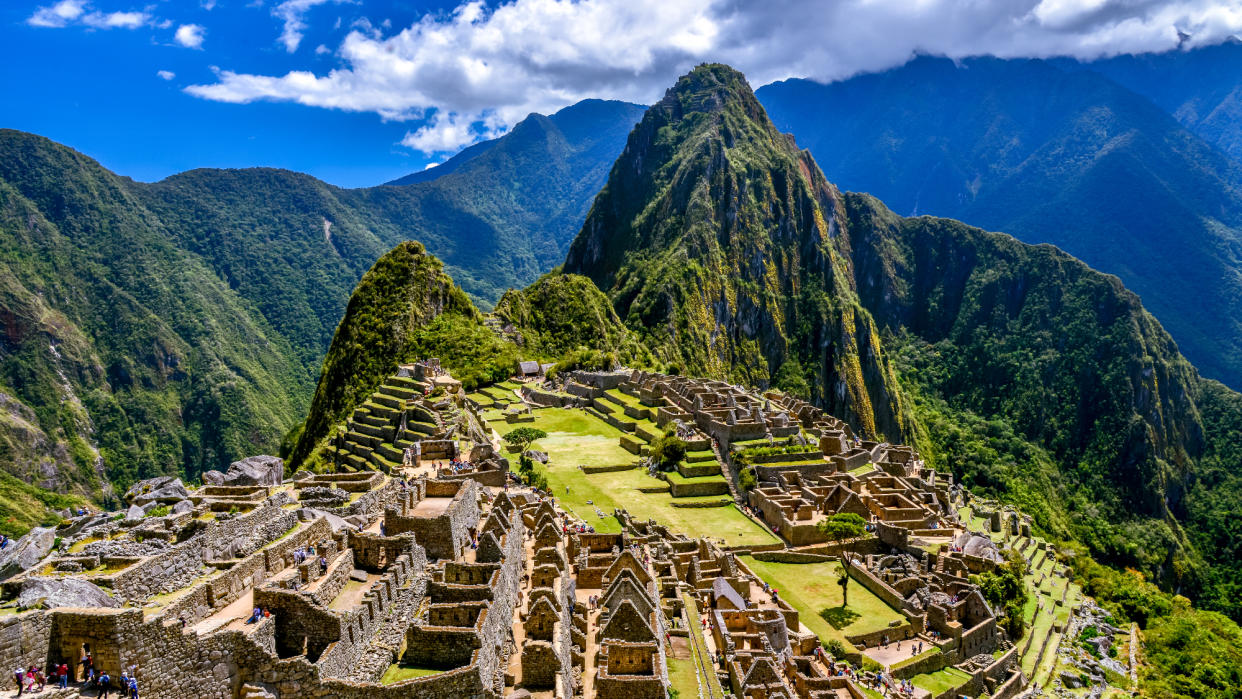
While on the Inca Trail, every step — past ancient ruins, up stone staircases and over Dead Woman's Pass — brings hikers closer to their final goal: reaching Machu Picchu. Trains and buses drop thousands of visitors off here every day, but hiking in offers an unmatched experience. Hikers get to sit in sacred spaces, sleep under the stars and bond with their fellow adventurers. The promise of being able to reach the Sun Gate and take in that first view of Machu Picchu keeps them motivated.
Planning a hike on the Inca Trail takes time. There are also important factors to keep in mind, like when the dry season is and what time of year the trail is closed for maintenance. Here are some tips to ensure an epic experience.
What is the Inca Trail?
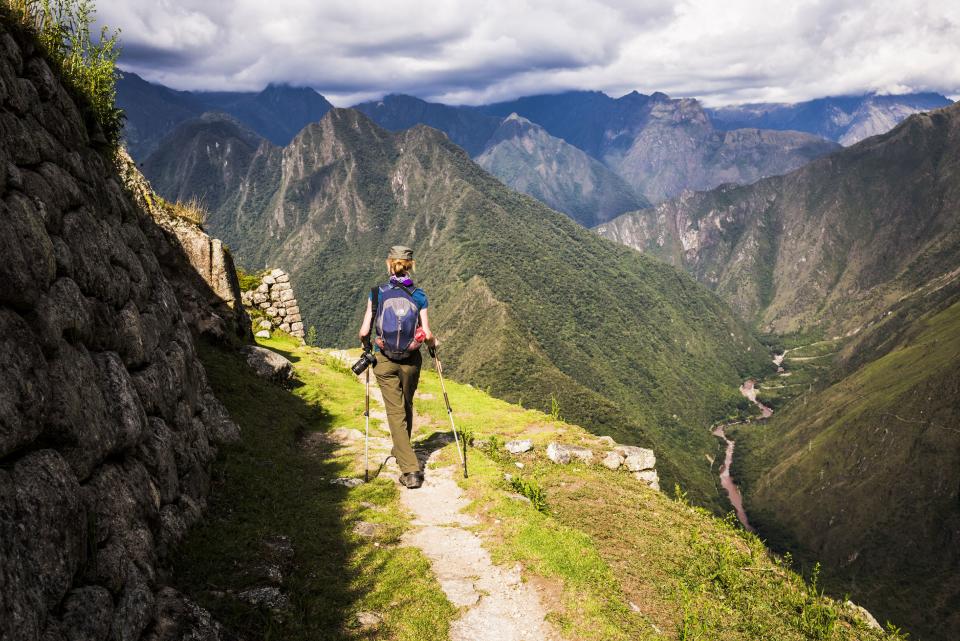
The Classic Inca Trail is a 25-mile-long hiking trail in the Andes Mountains that takes four days to complete and ends at Machu Picchu. After starting at KM 82 in the Sacred Valley, hikers will follow the stone paths that wind by sites like the Valley of Llulluchapampa, Sayacmarca ruins and Wiñay Wayna complex. On the final day of the trek, you most likely will rise well before dawn in order to arrive at the Sun Gate and Machu Picchu around sunrise.
How soon should you start planning a hike?
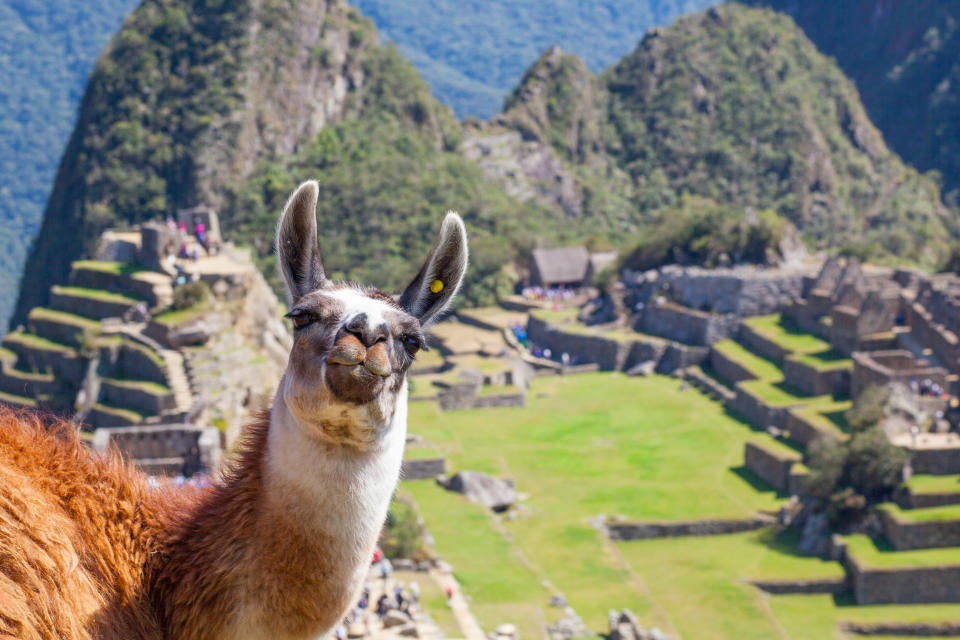
If possible, think about booking six to nine months in advance. The peak season to visit is June through August, and with the Inca Trail being a popular hike, permits are snapped up quickly.
What is the best time of year to hit the trail?
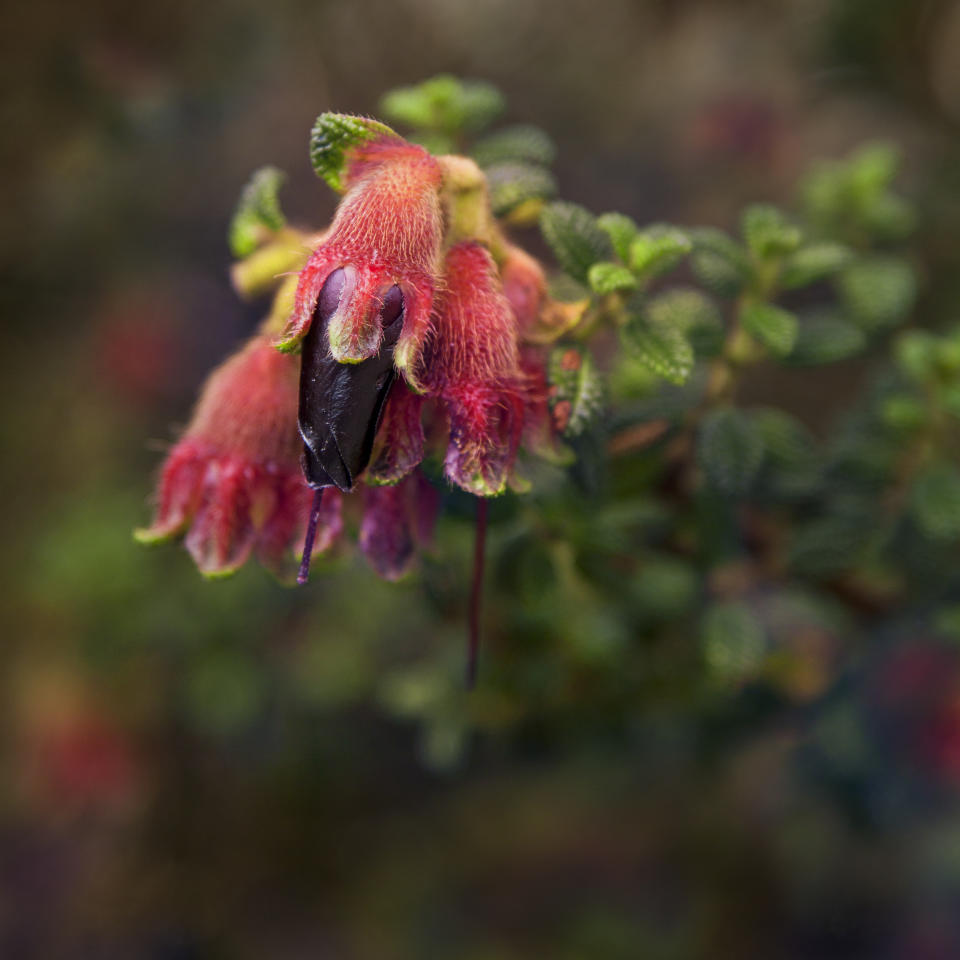
The trail is open year-round except in February, when it is closed for maintenance. Dry season is May through September, "where temperatures are milder and you can expect bright, sunny days, making for great visibility along the hike," Krissy Concannon, an independent affiliate of Travellustre in Boston, told The Week. The Inca Trail is one direction only, and when the adventure is over you will leave by train or bus.
Do I need to train for the Inca Trail?
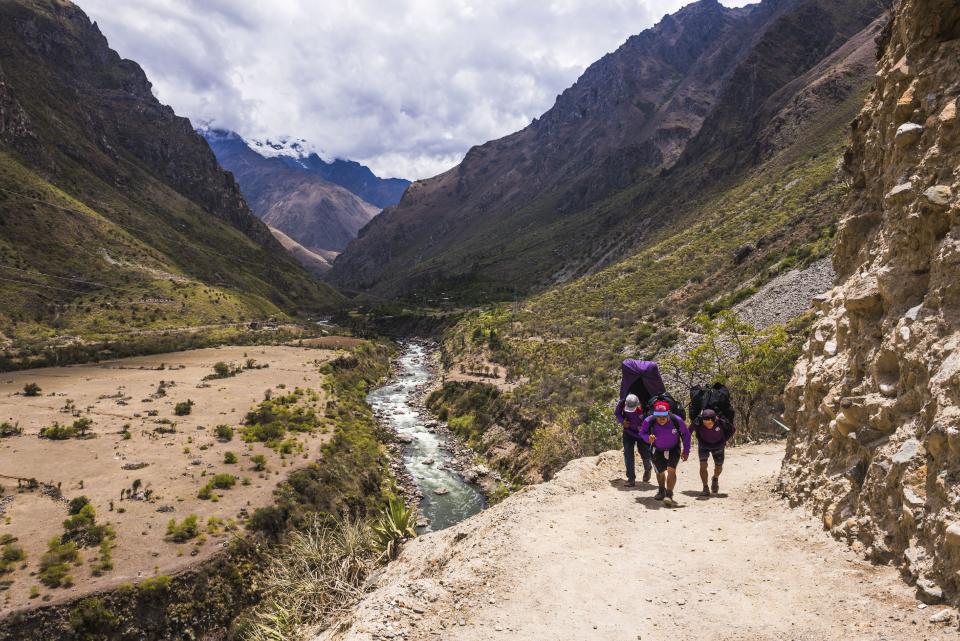
This is a strenuous hike at a high altitude, traversing different landscapes like cloud forests and grasslands. Travelers should expect to travel six to nine miles a day and can train ahead of time by hiking with a pack or getting regular exercise at home. Julie Sudderth of Vivid Getaways in Dallas told The Week she has seen "hikers from 7 to 70 years old command this trail with no problems." The Inca Trail reaches an elevation of 13,800 feet above sea level, making acclimation critical, especially for those who have experienced altitude sickness previously. Concannon recommends spending at least two or three days in Cusco prior to the hike to acclimate better to the altitude.
What kind of experiences can you have on the trail?
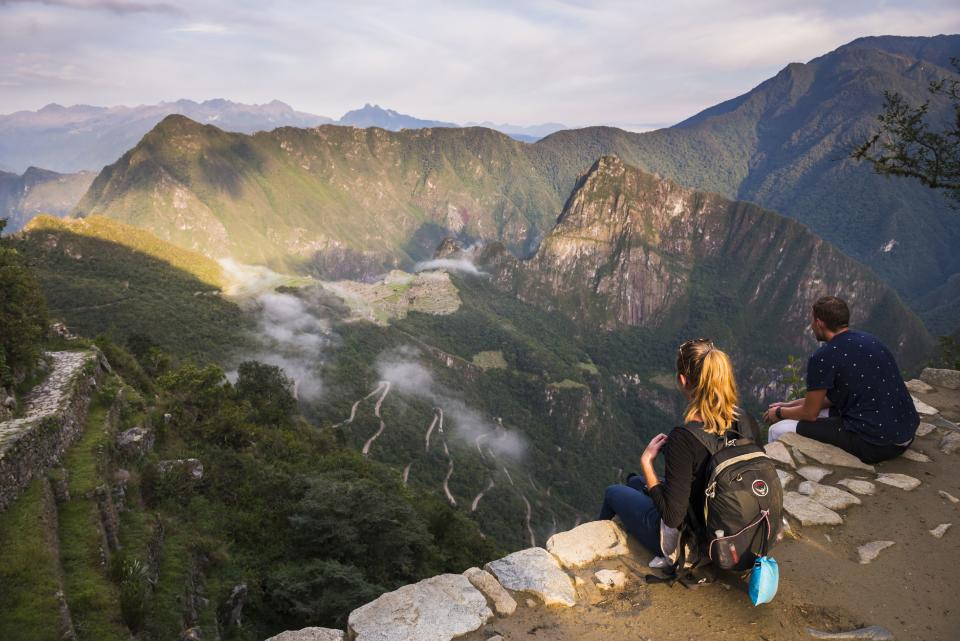
Every trip has one element in common: You must go with an operator and cannot hike on your own. "Normally, the best companies go with the best guides," Sudderth said. "This is invaluable." Good guides "will know when to slow down or quicken the pace as they are actively reading the client’s demeanor," she added, and also "weave the rich history, wildlife and flora and fauna into the hike" while keeping everyone "engaged and motivated. With children especially, this is priceless."
Those who want to go all out can book a private or small group hike, with an expert guide and porters, a well-stocked and clean bathroom tent, gourmet meals and high-quality camping gear, from the pillows to the tents. Midrange experiences are catered toward hikers who do not want a bare-bones trip but also aim to keep costs down, and include nice gear and good food with moderate accommodations.
Concannon warns that when opting for low-cost hiking tours, travelers "need to be cautious to ensure operators are not cutting corners that could negatively impact their experience. Hikers can expect minimal or lesser quality gear and food options to be more minimal. Campsite options could also be less than ideal, with locations lacking in view."

